Uganda. No Primates.
That was the brief for this private guided safari experience. It may seem rather unusual but, given that this particular guest has had the privelege of trekking for Western Lowland Gorillas in Odzala-Kokoua National Park with me, it makes a bit more sense.
The gorilla trekking experience is very different in the Republic of The Congo and, with a small intimate group of no more than 4 guests visiting a Gorilla family at a time, the guest wasn't interested in dealing with the larger groups that trek to see the Gorilla families in Uganda.
And so, the brief was set and our Private Guided Tour planner Tanya de Amorim jumped into action and crafted a wonderful itinerary which saw us exploring the most iconic National Parks of Uganda over a period of 2 weeks.
Kidepo Valley, Murchison Falls, Queen Elizabeth National Park, Lake Mburo and the Mabamba Swamp. Uganda. No primates...
Kidepo Valley National Park
Kidepo Valley National Park is a stunning wildlife reserve located in northern Uganda. It is renowned for its vast savannah landscapes, rugged mountains, and diverse wildlife, making it one of the most beautiful and untouched wilderness areas in Africa. However, being situated on the border with South Sudan poses unique challenges for the park and its conservation efforts.
The proximity to the South Sudan border brings security challenges due to the volatile situation in the region. Border disputes, armed conflicts, and instability in South Sudan have occasionally spilled over into the park and its proximity to the border makes Kidepo Valley National Park vulnerable to wildlife trafficking. Illegal trade in ivory, bushmeat, and other wildlife products is a significant issue in the region. Poachers and traffickers may take advantage of the park's border location to transport illegal wildlife products across the border.
Despite these challenges, Kidepo Valley National Park remains a remarkable conservation area with abundant wildlife, including elephants, lions, cheetahs, zebras, and numerous bird species. Efforts are being made by the Ugandan government, conservation organizations, and international partners to address the unique challenges posed by the park's proximity to the South Sudan border and ensure the long-term protection and preservation of its natural resources.
During our 3 nights stay in the region I saw several new bird species (such as the Abyssinian Ground Hornbills, Rollers and the endemic Clapperton's Spurfowl) as well as mammal species which included Patas Monkeys, Jackson's Hartebeest, Ugandan Kob andWhite Eared Kob (usually endemic to South Sudan).
What impressed me most in Kidepo was the scenery, diveristy of landscapes and habitat types and the sheer number of Buffalo and Hartebeest. This park really has massive potential and I would love to return once the lion numbers have had a chance to recover as there are some very photogenic rock just begging for a lion to rest on top of them!
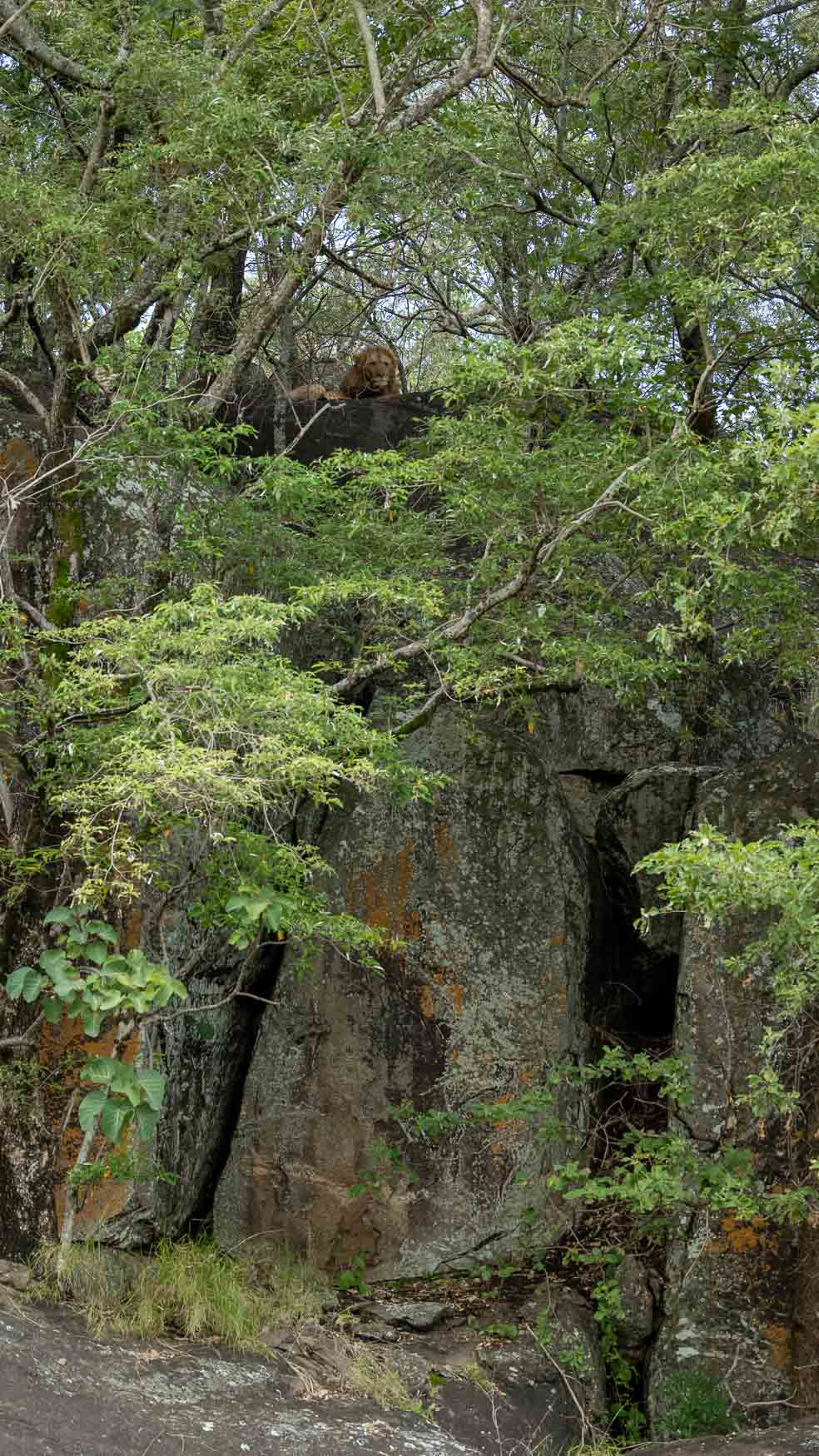
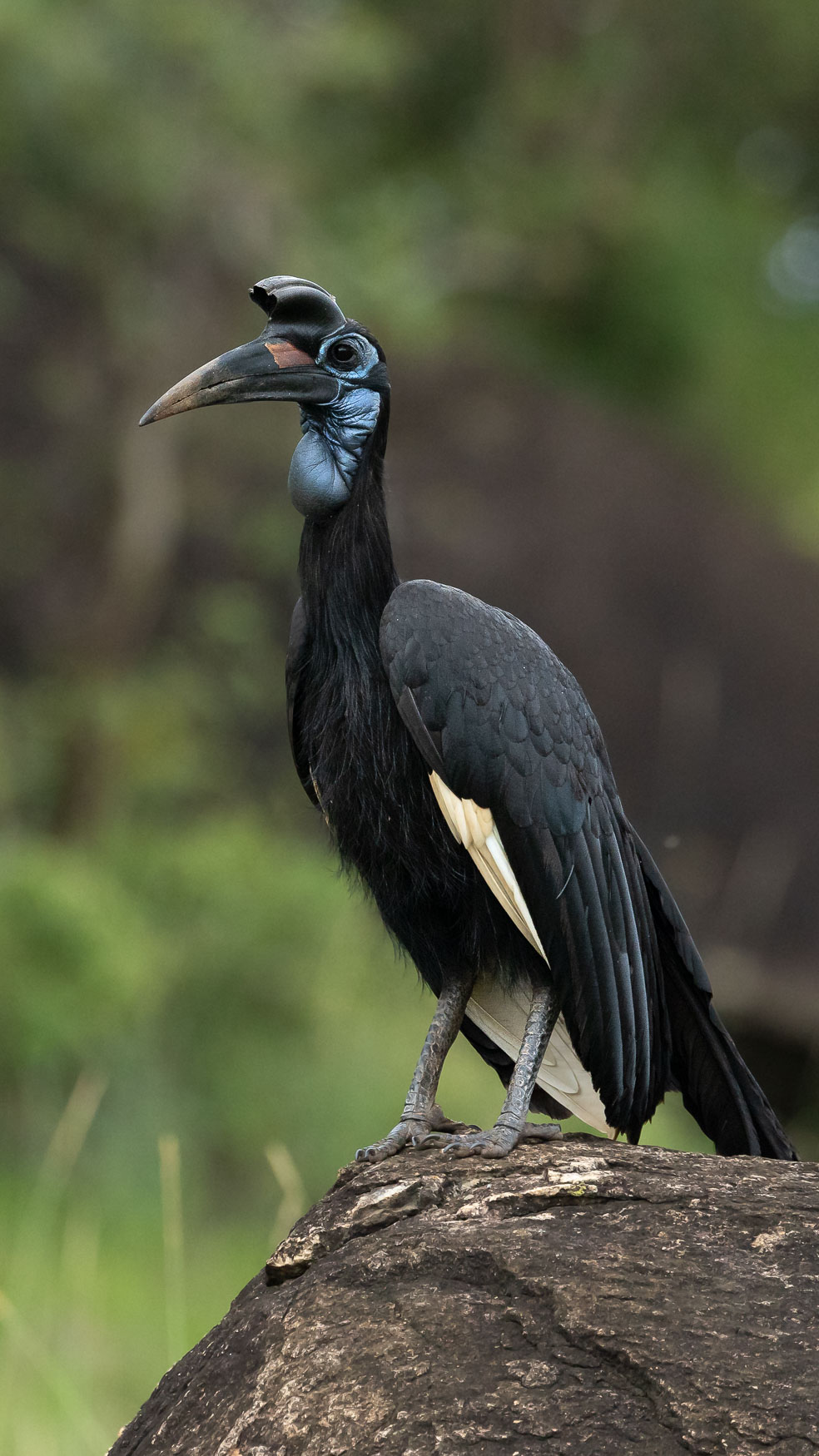
Murchison Falls National Park
A flight directly from Kidepo to Murchison Falls National Park saw us moving from the north-eastern corner of the country, right across to the northwest Uganda and is one of the oldest and largest national parks in the country.
The magnifcient falls (after which the park is named) are formed as the Nile River, the world's longest river, squeezes through a narrow 7-meter gorge and drops about 43 meters, creating a powerful and spectacular waterfall. The force of the water cascading through the narrow gorge produces a thunderous roar and a misty spray, making it a truly breathtaking sight.
One of the best ways to experience Murchison Falls National Park is by taking a boat safari on the Nile River and we enjoyed a morning cruise to to the delta and the point where the river enters into lake Albert, as well as an afternoon cruise to the base of the falls.
Murchison Falls National Park is a haven for birdwatchers, with over 450 bird species recorded in the area. The riverine habitats and diverse vegetation provide a perfect environment for a wide range of birdlife, including the rare shoebill stork (which we didn't see here), Goliath heron, African fish eagle and Red Throated Bee-Eaters.
The long grasses and limited road network made the two game drives that we did rather challenging but we did manage to see lions, buffalo, giraffe, elephant and loads of Ugandan Kob.
Queen Elizabeth National Park
Another flight, this time to the south-west, saw us flying along the Albertine Rift Valley towards the town of Kases and finally, into Mweya Airstrip of Queen Elizabeth National Park.
This Park is a renowned conservation area located in southwestern Uganda and named after Queen Elizabeth II of England, who visited the park in 1954. The park covers an extensive area of about 1,978 square kilometers and is known for its diverse wildlife, stunning landscapes, and unique ecosystems.
Our first (and only afternon) in the Mweya sector was spent cruising along the Kazinga Channel. This channel runs for over 40km and connects Lake George and Lake Edward.
During the cruise we enjoyed photographing a wide variety of animals which gathered along the shores, including hippos, crocodiles, elephants, and numerous bird species. The channel is also a birdwatcher's paradise, with over 600 bird species recorded in the park.
I have NEVER seen so many Pied Kingfishers in one place and was even lucky enough to see and photograph an Albino Kingfisher. Very bizarre...
We enjoyed a night drive in search lions and were lucky enough to find them as well as to see both a python and a group of Giant Forest Hogs - another first for me.
The following morning we were serenaded by two male lions roaring before sunrise as we made our way down to the south western corner of the park. An area known as the Ishasha Sector which is famous for its tree-climbing lions. This unique phenomenon, where lions climb and rest on fig tree branches, is a rare sight and attracts many visitors to the area.
We were fortunate enough to find two out of a pride of 4 resting in a magnificent fig tree on arrival (around midday) and spent the entire afternoon with them. This was undoubtedly the right call as we unfortunately were unable to find them on the following two days but, what we saw and were able to photograph was truly special and without a doubt, the photographic highlight of the trip.
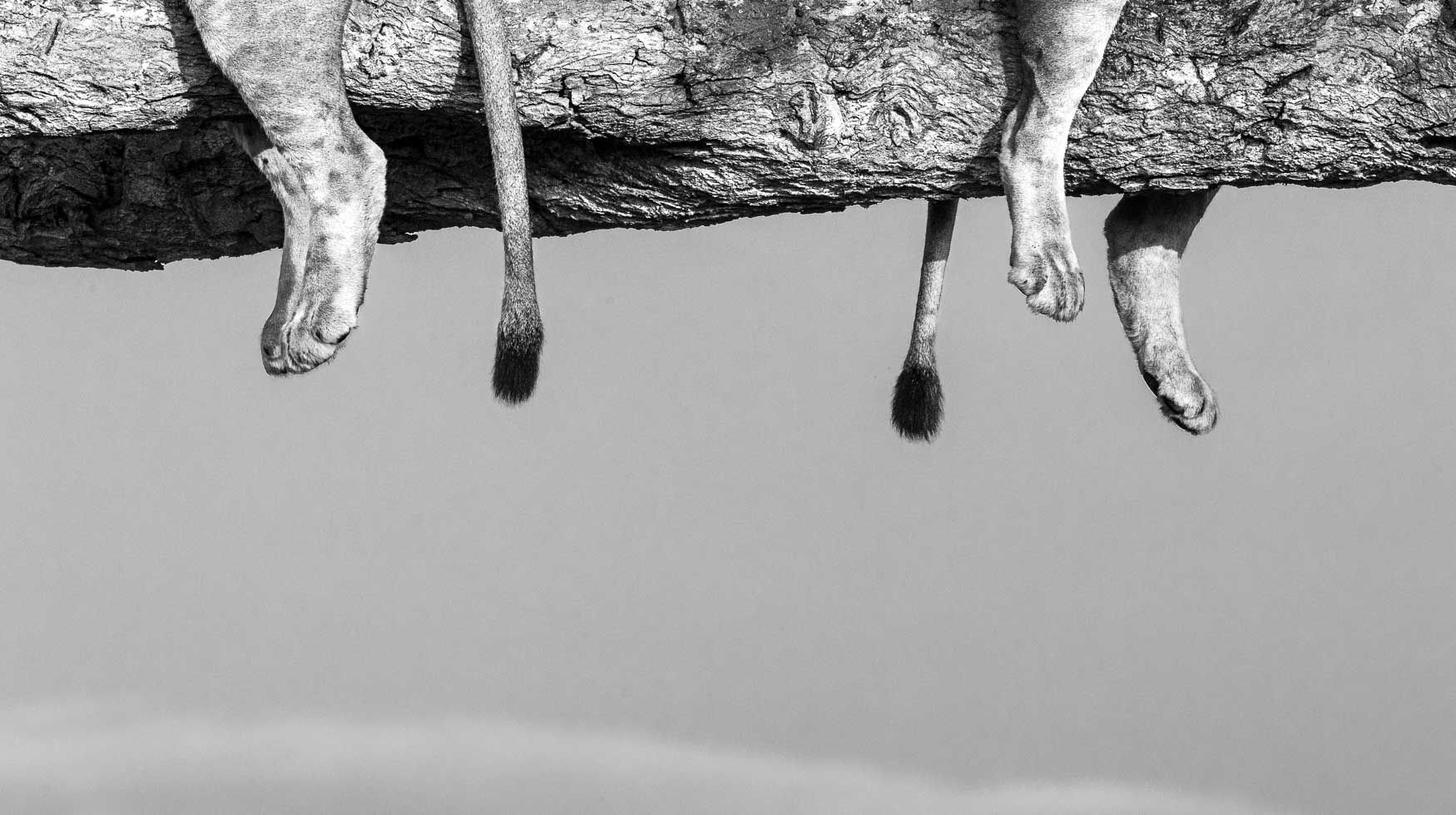
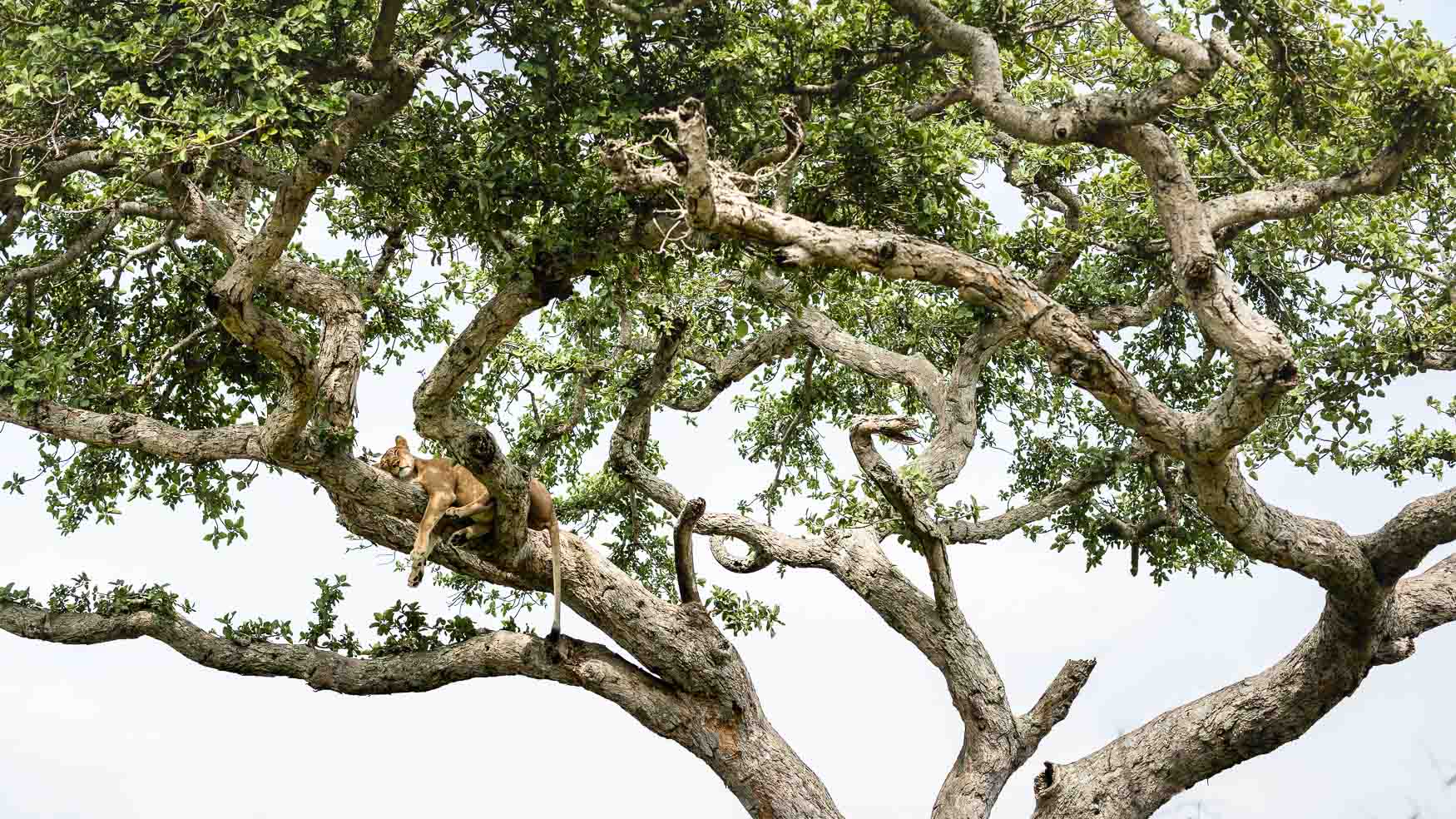
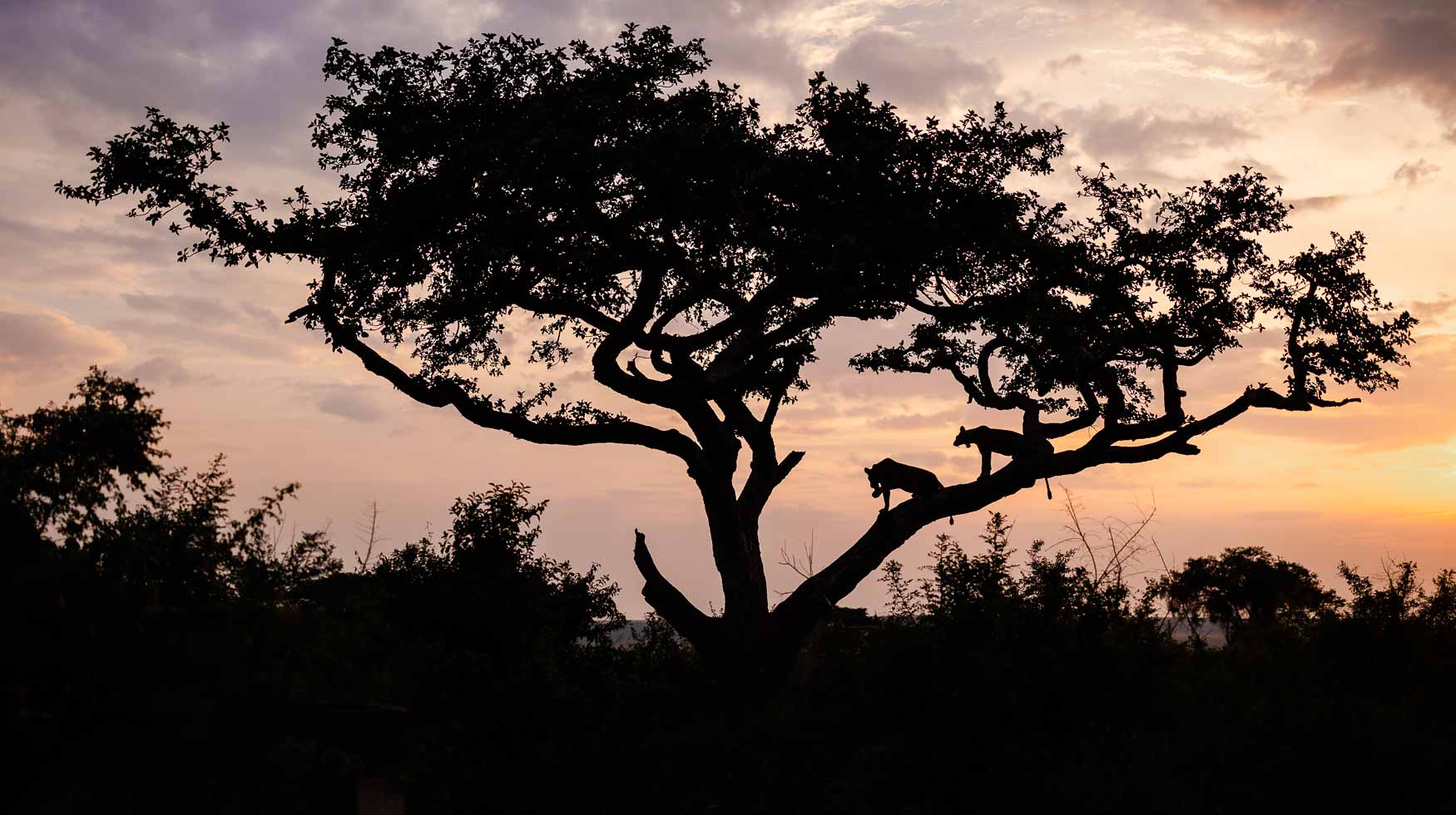
Both the Mweya and Ishasha sectors of Queen Elizabeth National Park offer unique and captivating experiences for visitors. From the diverse wildlife to the stunning landscapes, this national park is a must-visit destination for nature and wildlife enthusiasts alike.
Lake Mburo National Park
Lake Mburo National Park is a captivating wildlife reserve located in western Uganda. Covering an area of approximately 370 square kilometers, it is one of the country's smaller national parks but offers a rich and diverse array of flora and fauna. The park's defining feature is its namesake, Lake Mburo, a stunning lake that spans a significant portion of its territory.
Lake Mburo National Park is renowned for its unique combination of terrestrial and aquatic ecosystems. It is characterized by rolling hills, open savannahs, and a series of lakes, which provide a habitat for a wide variety of wildlife. The park is home to more than 350 bird species, making it a haven for birdwatchers. It also hosts numerous mammal species, including zebras, impalas, elands, buffaloes, hippos, and even the rare Rothschild's giraffes.
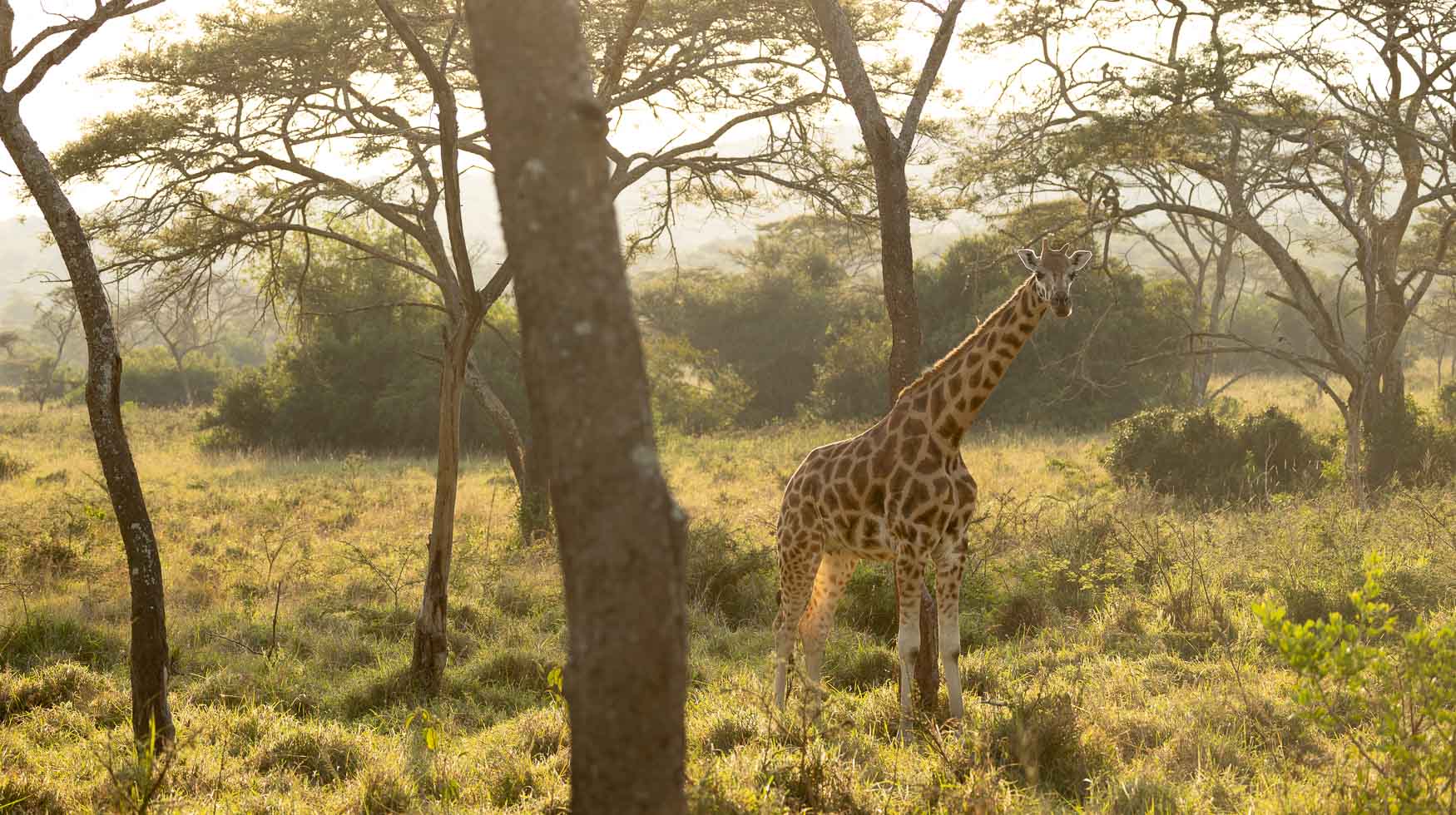
The Mabamba Swamp
The Mabamba Swamp, located in Uganda, is a renowned wetland area and an important habitat for numerous bird species. One of the most iconic and sought-after birds in this region is the shoebill stork (Balaeniceps rex).
Situated on the northern shores of Lake Victoria, approximately 50 kilometers west of Kampala, the capital city of Uganda. It covers an area of about 16,500 acres (6,700 hectares) and consists of marshes, channels, lagoons, and papyrus reed beds. The swamp is part of the larger Lake Victoria Basin and is internationally recognized as a wetland of significance under the Ramsar Convention.
The swamp's dense papyrus stands, open water areas, and mudflats attract numerous bird species, making it a prime bird-watching destination. In addition to the shoebill stork, Mabamba Swamp is home to over 260 bird species, including other wetland-dependent birds such as herons, egrets, jacanas, and kingfishers.
The shoebill stork is a large, bizarre, prehistoric-looking bird known for its unique appearance and behavior. It stands about 1.2 to 1.5 meters tall and has a wingspan of around 2.3 meters. The bird's most distinctive feature is its enormous shoe-shaped bill, which gives it its name. The bill is used to capture its primary prey, which consists of lungfish, catfish, frogs, and other aquatic creatures found in the swamp.
Mabamba Swamp is considered one of the best places in Africa to spot the shoebill stork in its natural habitat. The swamp provides ideal conditions for the storks, offering an abundance of food and suitable nesting sites. The exact population figures of shoebill storks in Mabamba Swamp are not readily available, but it is believed to be one of the key strongholds for this species in Uganda.
One thing is for sure, the population has grown by one in the last month and we were very fortunate to see the 1,5 month old helpless chick on the nest.
Efforts have been made by local communities, conservation organizations, and government authorities to protect the shoebill storks and their habitat in Mabamba Swamp. These conservation initiatives include promoting sustainable tourism, raising awareness about the importance of wetlands, and implementing measures to mitigate potential threats such as habitat loss, pollution, and disturbance.
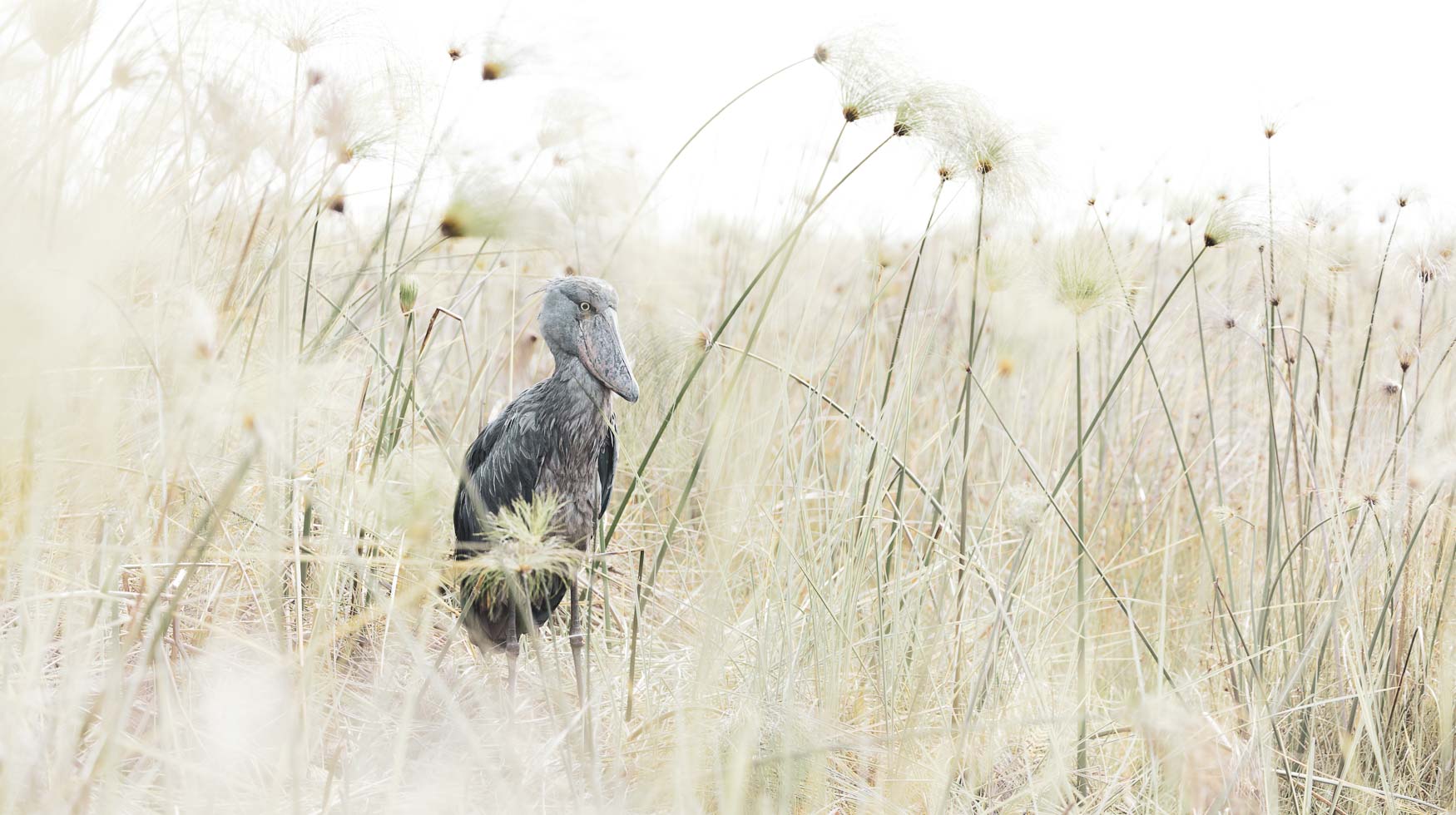
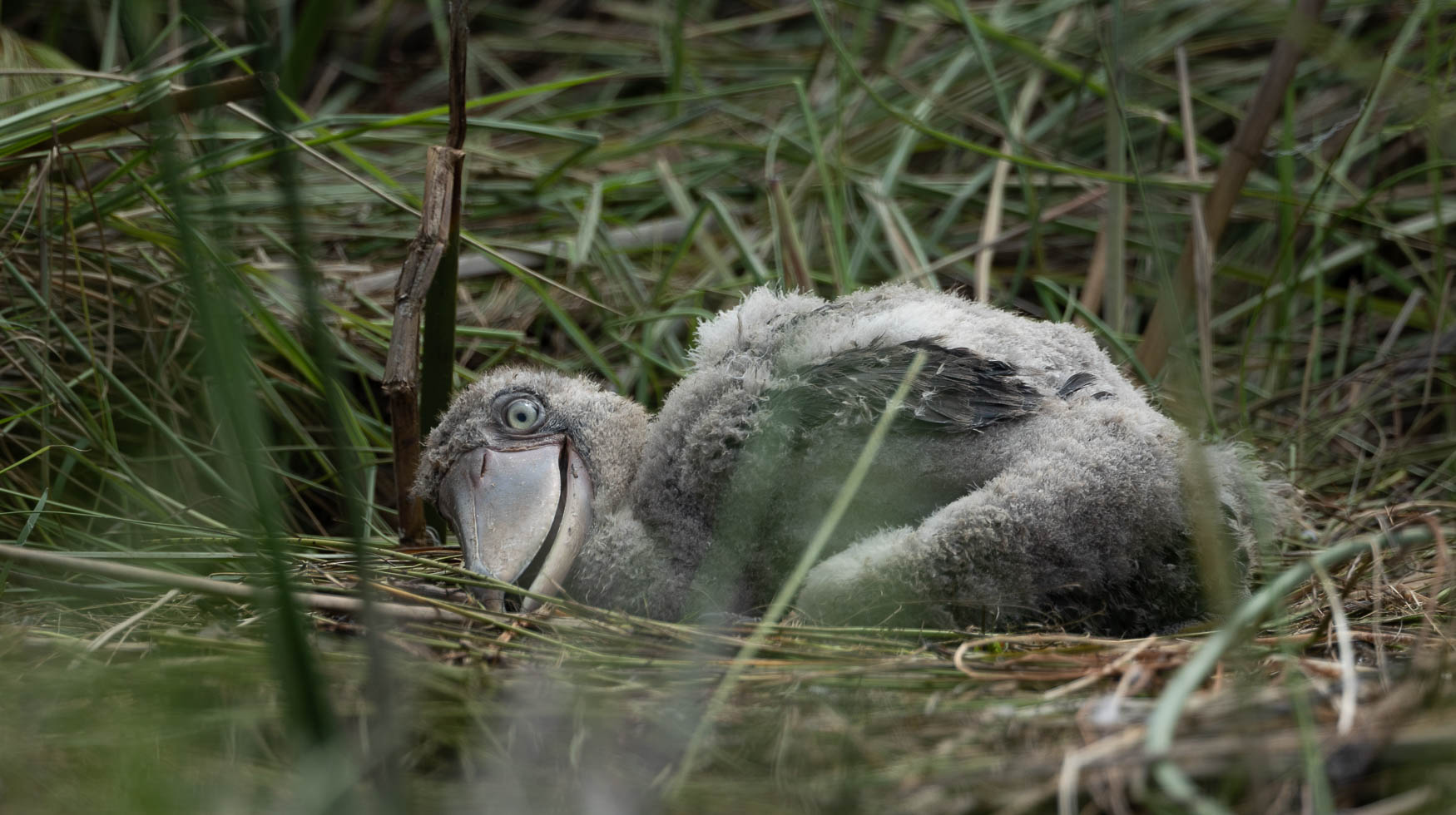
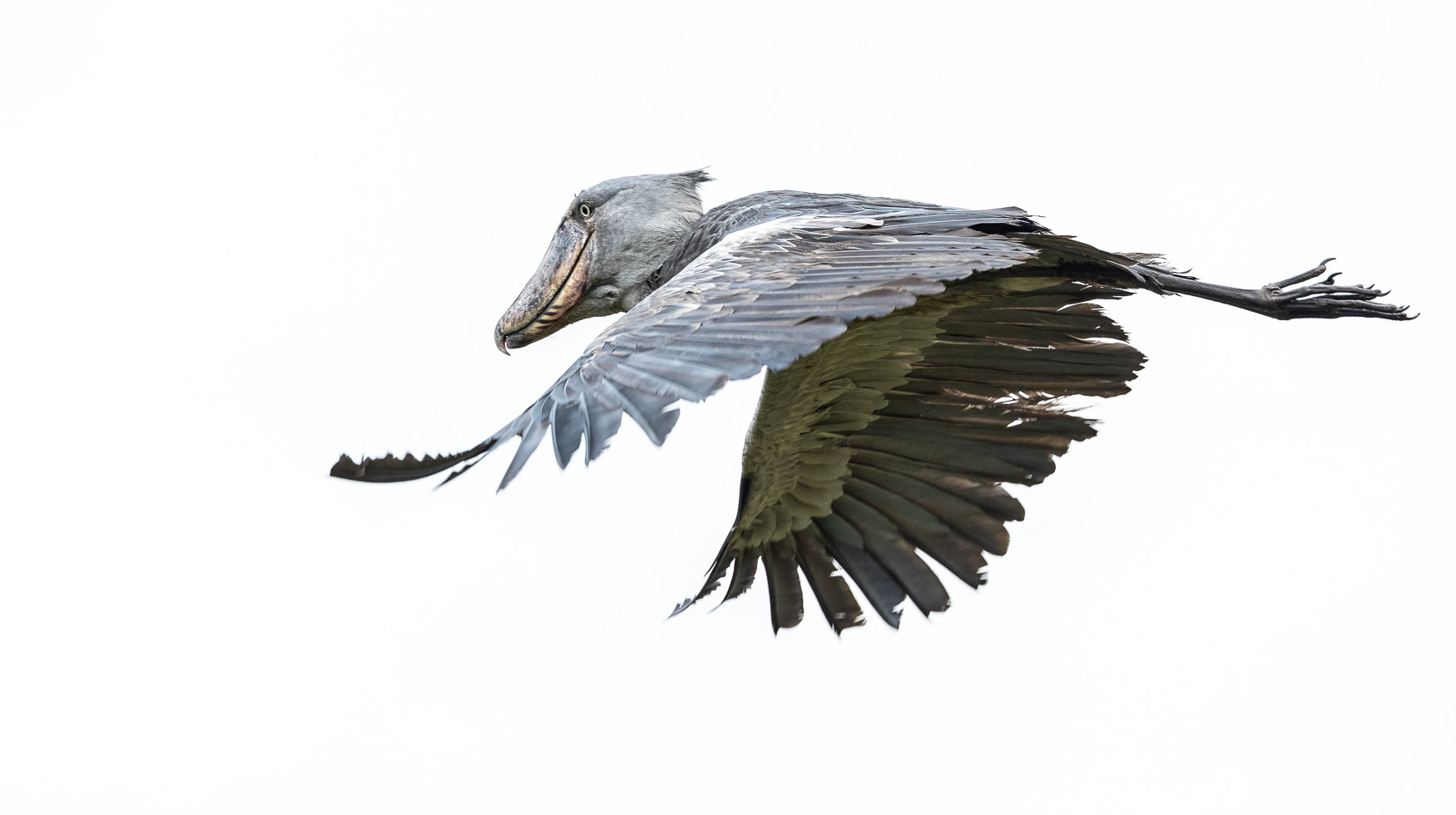
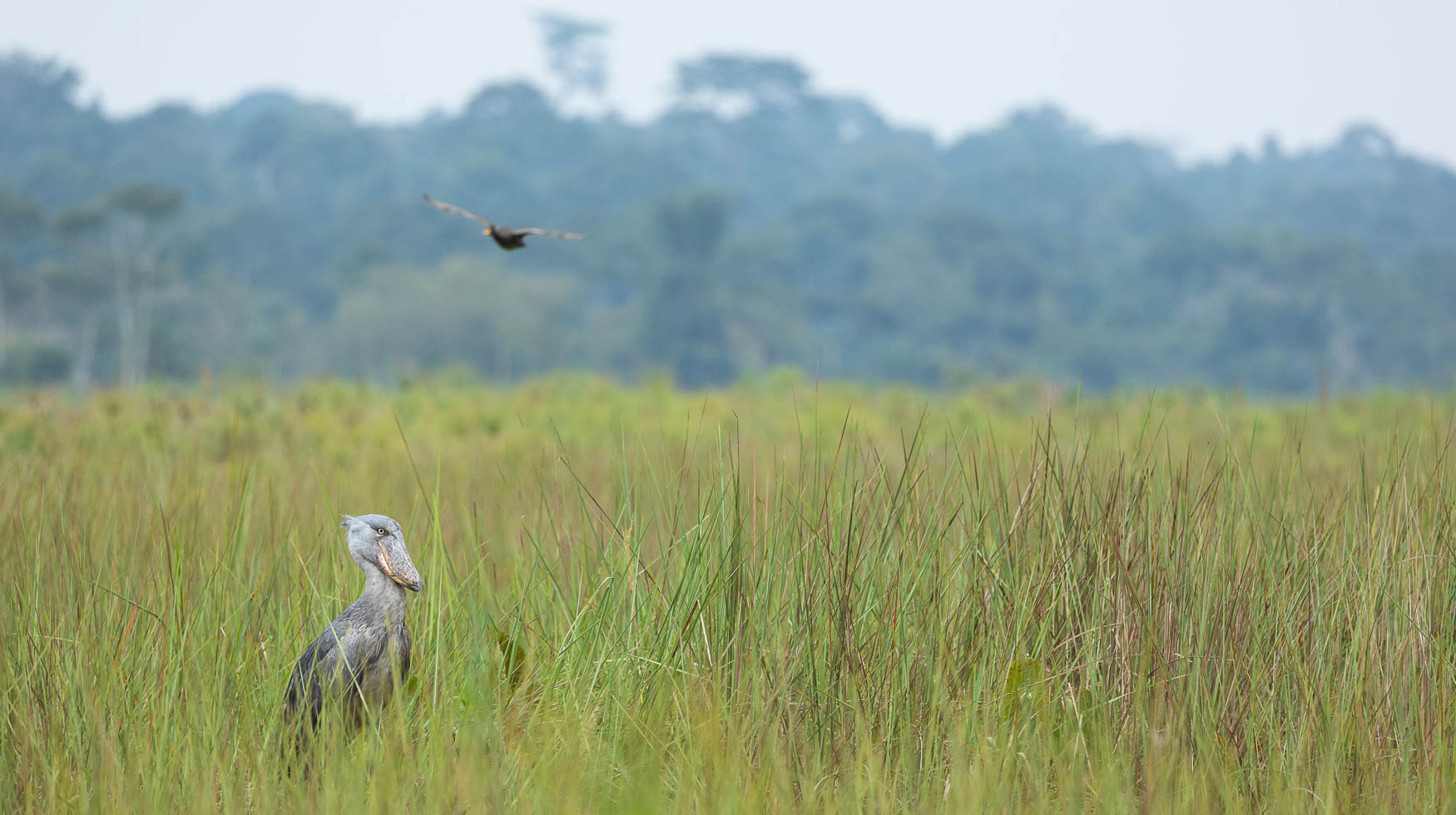
So, given the brief of Uganda, No Primates. I think this trip delivered on all fronts.
As always, travel opens ones eye to various new and exciting destinations and experiences. I was quite taken aback by the challenges faced by Uganda given the fact that they share a border with both South Sudan and The Democratic Republic of the Congo - specifically with regards to their lion populations in the Kidepo Valley and Ishasha sector.
I'm hoping to be able to connect with some clever people who are involved in the conservation space in Uganda and will hopefully be able to sit down and record a podcast focussed on shedding some more light on this situation.
All in all, this was wonderful trip filled with new destinations, new species, new experiences and new memories for our Wild Eye guest.

Stunning experience you have had, even without gorillas 😉 But absolutely stunning images (and edits,too). Well done my friend 🙌
Thank you so much Jukka!
So glad you were able to see parts of our beautiful country other than primates and gorillas and realise we have so much more to offer. Sorry to have missed you.
Thanks so much Sherry, its a pity we weren’t able to connect but it was such a privilege to see that Shoebill and chick which I believe has since been eaten by a monitor lizard!